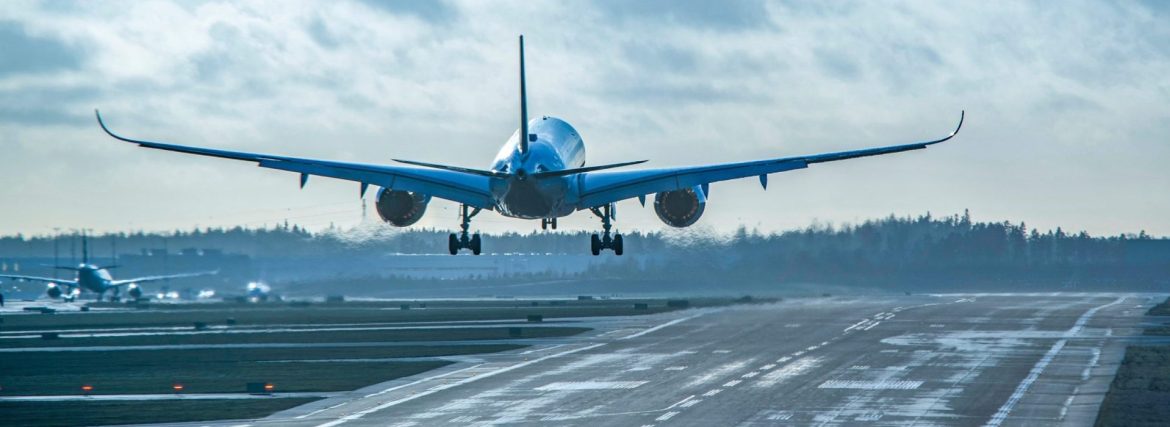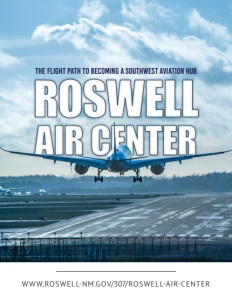The Flight Path to Becoming a Southwest Aviation Hub
From flood recovery to national air races, this aviation center positions itself as the region’s premier aviation facility.
Roswell Air Center continues to strengthen its position as New Mexico’s aviation hub, with expanded commercial service highlighting recent growth. “American Airlines is our primary carrier at our airport. We have three flights to Dallas-Fort Worth coming in and going out of Roswell, so we’re excited about that,” says Chad Cole, City Manager of Roswell. The airport secured its third American Airlines flight in 2024, with passenger capacity holding steady around 75% – a promising indicator of sustainable demand.
In addition, the expansive grounds of the former Strategic Air Command base now host a thriving aircraft maintenance ecosystem. “Our airport is in many ways a one-stop shop for commercial aircraft refurbishment,” Cole points out. The facility houses multiple Maintenance, Repair, and Overhaul (MRO) operations, creating a comprehensive service center for commercial aviation.
Key players in this specialized ecosystem include Dean Baldwin Painting, which handles aircraft exterior finishing, while CAVU and AerSale provide comprehensive maintenance services. “We’d like Roswell to be a one-stop shop. You can get your aircraft painted, you can get it refurbished, restored, all those things in one location at our airfield,” Cole emphasizes. This concentration of complementary services creates operational efficiencies that few regional airports can match.
The airport’s physical attributes provide unique advantages for MRO operations. “The airport is very expansive, being a former strategic SAC base. So, we’ve got a lot of room,” Cole notes. This abundant space allows for simultaneous servicing of multiple large commercial aircraft, a capability increasingly rare among regional airports. The specialized workforce supporting these operations represents a significant economic driver for the region.
Southeast Airport Expansion and Economic Growth Adjacent to the Airport
The southeast quadrant of Roswell Air Center represents prime territory for aviation infrastructure growth. “We are running utility lines, water, sewer, electricity, and gas,” Cole explains, describing preparations that will transform currently underutilized areas. This strategic investment lays groundwork for significant expansion.
Specific development zones have been identified within the sprawling airport property. “On the southeast side of the airport we see vacant or no longer active taxiways as a perfect place to build large hangars, whether it’s MRO, more painting facilities for aircraft or what have you,” Cole details. The utility expansion makes these locations shovel-ready for prospective tenants.
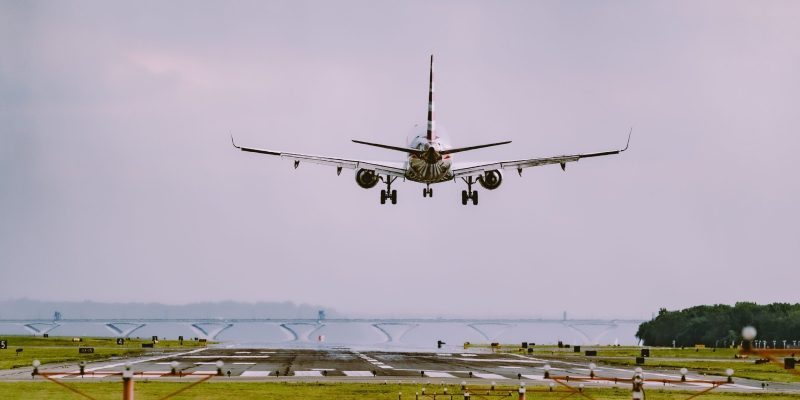
Economic diversification drives this infrastructure initiative. “We see that as an opportunity for economic expansion at the airport,” Cole says. The southeastern zone’s development offers particular advantages, as Cole notes: “It takes it out of the SIDA area for TSA purposes and gives them room to expand operations out there, whether it’s maintenance facilities or whatever the case may be.” By preparing these sites now, Roswell positions itself to capitalize on future aviation industry growth.
Aligning with this diversification push is a significant manufacturing facility adjacent to the airport that promises to boost the regional economy while addressing housing needs. “The city has come to an agreement to sell the land that the bus plant is on adjacent to the airport to a modular home manufacturer,” Cole explains. The property, formerly home to TMC NOVA Bus, will now host BiltWise, bringing an estimated 330 jobs to the area.
The timing aligns with increasing market demand for affordable housing alternatives. “There’s at least a decade of expansion going on in that particular sector as a lot of these modular home manufacturers try to move from the east towards the west,” Cole observes. BiltWise’s strategic location in Roswell extends their market reach considerably. “They’ve got a 500-mile radius that they can deliver in, and so we’re very excited,” he adds.
Flood Disaster and Recovery
Roswell faced unprecedented challenges when catastrophic flooding struck the community. “This was a 500-year flood event,” Cole recounts. “According to the official records at the airport, there was almost seven inches of rain within six hours that night.” The intensity of rainfall overwhelmed local infrastructure and created immediate life-threatening situations throughout the city.
Emergency responders mounted heroic efforts amid rapidly deteriorating conditions. “It was a battle that night with our first responders, our fire and rescue police, sheriff’s office, et cetera,” Cole explains. “We saved approximately 350 lives that night, whether we were pulling them out of the river, pulling them off of rooftops, pulling them off of the hood of vehicles floating down the street.” These rescue operations came at significant cost, as Cole notes: “We did end up losing four of our large fire trucks in the process of saving those lives that night.”
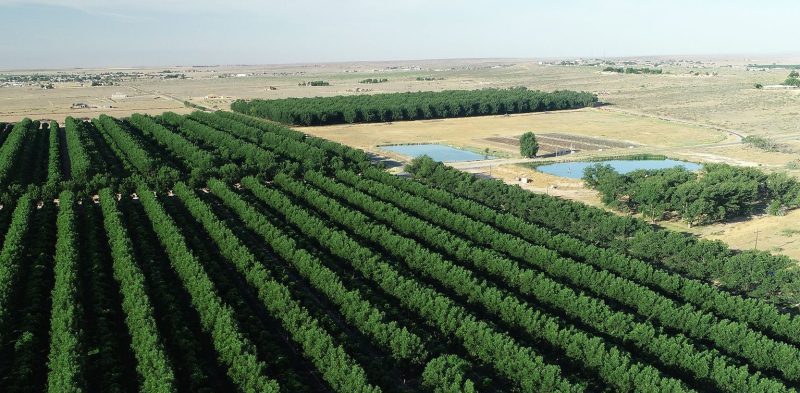
A multi-agency response represented remarkable coordination in extreme circumstances. “We had Army National Guards, Swift-Water Rescue out there with our first responders to save lives at night. And many were saved,” Cole reports. This collaborative effort extended to subsequent recovery phases as well, with Cole emphasizing: “I’m so proud of our community, first responders, and National Guard for their efforts.”
After the disaster, coordinated efforts with federal agencies established critical recovery mechanisms. “Where we’ve been at with disaster recovery and the declaration is now, we’ve got FEMA on board, state, Homeland Security, army National Guard, coordinating all those resources,” Cole explains. Initial priorities focused on immediate stabilization of affected properties, including the airport.
The flood’s impact extended to critical airport infrastructure. “We did have some water infiltration in the airport terminal and in many of our hanger buildings out at the airport, we did lose some fencing around the airport,” Cole recalls. These damages required immediate attention to maintain operational capability and security compliance.
“We shut down the airport one day, and had the airport back up and running the following day,” Cole says. “I’ll give credit to Bobbi Thompson (Director of the Roswell Air Center).” Her hands-on leadership proved essential during the crisis. The team prioritized security perimeter restoration. Recovery work proceeded methodically: “Getting temporary fencing back up, getting that airport mucked out quickly and drywall peeled up the first two feet off the wall and getting that facility where it could be reopened quickly.” This efficient response maintained Roswell’s vital air connectivity during the broader community recovery.
Post-Flood Improvements and Terminal Expansion Plans
Recovery efforts have transitioned from emergency stabilization to permanent infrastructure restoration. “One of the critical pieces is temporary fencing that’s in place. The next big piece will be replacing that fencing with permanent fencing replacements out there,” Cole explains. This work coincides with facility improvements for upcoming events: “We’re working with FEMA, getting permanent fencing replacement out there, and while we’re at it, putting up new fencing and bleachers for the air races.”
Terminal enhancements represent another key investment area. “We also have about $2 million for terminal improvements,” Cole notes. “Those are going to go into restroom facilities at the airport and improve the airport in general, particularly the terminal and restrooms.” Security screening capacity remains under consideration: “We’d like to look at TSA expansion, but that’s an ongoing conversation.”
Upcoming events drive longer-term expansion planning. “With the air racing events coming to town and potentially some other events that we’re working on bringing to Roswell, the airport terminal expansion in the future is going to be on our radar,” Cole says. Specific improvements target passenger processing efficiency: “We’d really like to add another TSA line and get some more equipment there, which would involve expanding the terminal to a larger sterile area for the TSA.”
Preparing for National Championship Air Races in 2025
The arrival of national championship air racing represents Roswell Air Center’s highest-profile upcoming event. “They’re going to be here in September 2025, and we’ve got a lot of work to do to get the airfield ready for championship air races,” Cole says. Preparation spans multiple regulatory and infrastructure considerations: “That’s working with the FAA, that’s working with the TSA, getting entryways in place, including security fencing in place.”
Planning and design work has already commenced. “We’ve been working with our engineers to get everything laid out and specced out so that we can start building bleachers out there or grandstands for this air race,” Cole explains. The viewing experience takes advantage of Roswell’s unique geography: “They’ll be facing towards the west towards Capitan Mountain. It’s going to be a beautiful view.”
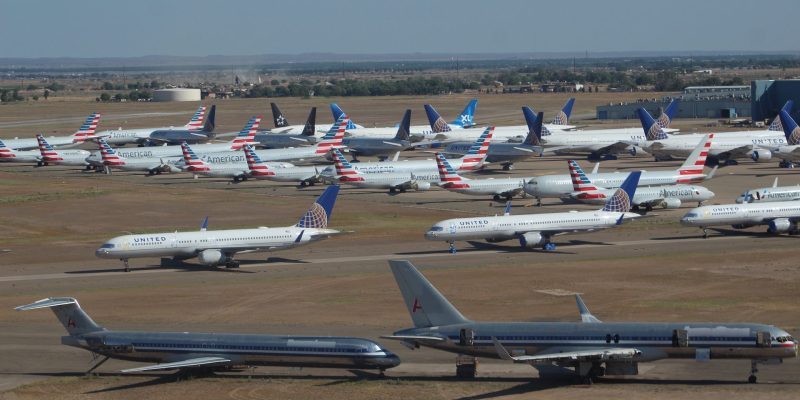
Spectator facilities require substantial construction. “It’ll be about a 10,000-seating capacity grandstand,” Cole details. “Our major focus is to get those grandstands built, to get underneath the grandstands chip seal to run electricity and utility conduits to those to get our entryways in place and to prepare a security plan that includes fencing off that area.”
The economic impact will extend throughout the region. “That’s going to be a one of a kind event for not only Roswell, but all of Southeast New Mexico in terms of lodging and all of the dollar turnover that comes in for that event,” Cole notes. Beyond immediate tourism benefits, the races create valuable aviation industry connections: “In terms of exposure to our airport, anytime you’re bringing in pilots and all the crews that come with those pilots, you’re getting exposure to your airport.”
Leadership Philosophy and Vision for Roswell Air Center
Cole’s management approach centers on building effective teams throughout city operations. “I’ve always said the secret to my success is to surround myself with good people. And that’s held true anywhere I’ve gone and in almost every circumstance,” he shares. His background as a longtime local resident informs his perspective: “I’m a local boy, third generation here in Roswell.”
Team development follows a deliberate, strategic approach. “Kind of like a new coach coming in. It takes a couple of years to build a championship team, and it’s all about bringing in the right personnel,” Cole explains. He emphasizes thorough recruitment processes: “What I preach to my folks is anytime you have an opening or a vacancy, it’s kind of like your first-round draft pick you cannot afford to miss.”
The airport’s future hinges on this people-centered leadership vision. “We’ve got a solid core group out there and likewise throughout the city as positions open, we look to fill those with thoughtful people that care about the community,” Cole says. “People that want good things for Roswell in a genuine way and are willing to take ownership of their piece of the puzzle to get things done.”
At a Glance
Who: Roswell Air Center
What: Regional airport with commercial service, MRO facilities, and site of upcoming National Championship Air Races
Where: Roswell, New Mexico
Website: www.roswell-nm.gov/307/Roswell-Air-Center
PREFERRED VENDORS/PARTNERS
The National Championship Air Races have been held every September since 1964 by the Reno Air Racing Association, a 501(c)(3). Worldwide, the event has become an institution for aviation enthusiasts, featuring seven racing classes, a large display of static aircraft and several military and civilian flight demonstrations.
The National Championship Air Races: www.airrace.org
